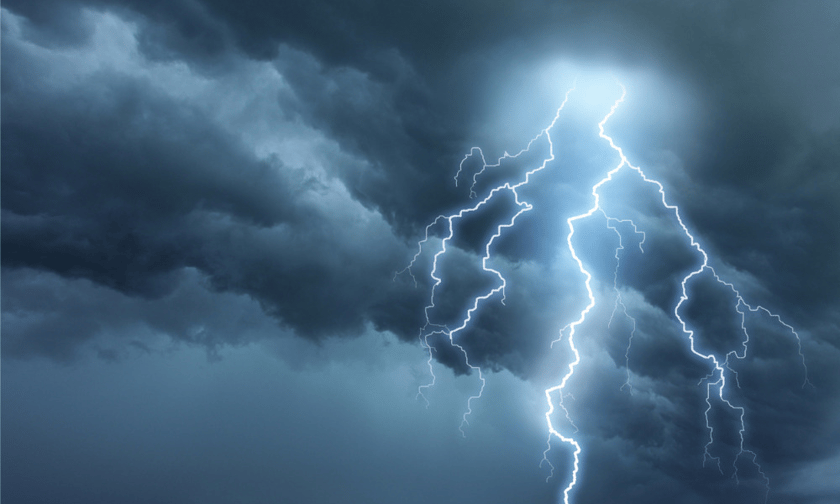

During the first three months of 2024, the global economic cost of disaster events exceeded US$45 billion, marking a decrease from the 21st-century Q1 average of US$59 billion and a substantial drop from the US$149 billion recorded in the same period of 2023, according to Aon’s latest Global Catastrophe Recap.
The most costly of the Q1 2024 events was the Noto earthquake in Japan on January 1, which alone accounted for economic losses totalling US$17.6 billion, based on government figures. According to Aon’s quarterly report, the number of billion-dollar events was 12, with eight in the US and two each in South America and Asia.
Insured losses during the quarter were reported at no less than US$17 billion, slightly surpassing the average. Key contributors to the insured losses included severe convective and winter storms in the US, windstorms and flooding in Europe, and the Japanese earthquake. The figures, however, are still being updated and should be viewed as initial estimates.
The coverage gap for the first quarter stood at around 64%. While the Noto earthquake emerged as the period’s costliest event under economic losses, the prevalence of insurance for convective and winter storms in the US primarily drove the volume of insured losses.
Meanwhile, global disasters in the quarter claimed over 1,500 lives, a figure considerably below the long-term average. The deadliest was the Noto earthquake, which resulted in 245 fatalities. This was closely followed by severe flooding in the Democratic Republic of the Congo and Congo, which took 240 lives in January, and the catastrophic wildfires in Chile that claimed 131 lives the following month.
Looking ahead, with the ongoing unusual ocean temperature extremes and the anticipated development of La Niña conditions, meteorologists are forecasting a highly active hurricane season in the North Atlantic, expecting around 11 hurricanes.
What do you think about this story? Share your thoughts in the comments below.
